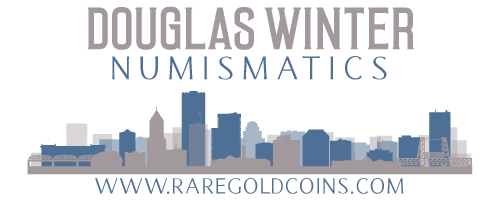Die Varieties of Gold Coins
/Will die varieties of gold coins ever be popular? For years I have tried to drum up interest in what I regard as major varieties of U.S. gold coins. By “major” I mean varieties that are significant and readily visible to the naked eye. Minor varieties do not interest me. The fact that that a mintmark is slightly further to the left on one coin versus another is mundane. But I am interested in an issue that has, say, two distinctly different mintmarks. We are in a golden age of numismatic research. This generation of collectors has access to greater information than ever before. One of the few areas that has not had really fertile die variety research is United States gold. Some upcoming books will change this.
As an example, Harry Bass’ research on early gold coinage has been improved by John Dannreuther and a book about the varieties of early gold is expected to be published soon. It will be interesting to see what effect this has on the market for rare varieties in this area.
Given the high average cost of most gold coins, my guess is that this will never be an area that becomes wildly popular with variety collectors. But certain expensive coins like Bust Dollars and early Large Cents have avid variety followings and perhaps gold will follow suit someday.
At this point I regard Liberty Head gold varieties as an area that really does not merit a premium but which has some potential. I wouldn’t pay a premium for more than a handful of these varieties but it’s nice to know you can buy something with possible added value for essentially no premium.










